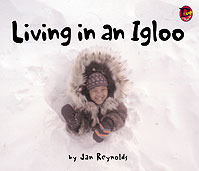 Jaclyn DeForge, our Resident Literacy Expert, began her career teaching first and second grade in the South Bronx, and went on to become a literacy coach and earn her Masters of Science in Teaching. In her column she offers teaching and literacy tips for educators.
Jaclyn DeForge, our Resident Literacy Expert, began her career teaching first and second grade in the South Bronx, and went on to become a literacy coach and earn her Masters of Science in Teaching. In her column she offers teaching and literacy tips for educators.
Over the past few weeks, I’ve been talking about the importance of looking at the standards horizontally as well as vertically, and in this final installment in the series, I’m going to do just that as I walk you through what effective close reading questioning can look like, unpacking one strand at a time using texts of varying complexities. Last up:
READING STANDARDS FOR INFORMATIONAL TEXT K-3, Craft and Structure, Strand 5
In Kindergarten, the strand reads: Identify the front cover, back cover, and title page of a book.
Example text: Living in an Igloo by Jan Reynolds
genre: informational text
Strand-specific questions:
- Point to the front cover of the book. What information can you find on the front cover of the book? Why is that information important?






 Jaclyn DeForge, our Resident Literacy Expert, began her career teaching first and second grade in the South Bronx, and went on to become a literacy coach and earn her Masters of Science in Teaching. In her column she offers teaching and literacy tips for educators.
Jaclyn DeForge, our Resident Literacy Expert, began her career teaching first and second grade in the South Bronx, and went on to become a literacy coach and earn her Masters of Science in Teaching. In her column she offers teaching and literacy tips for educators.

